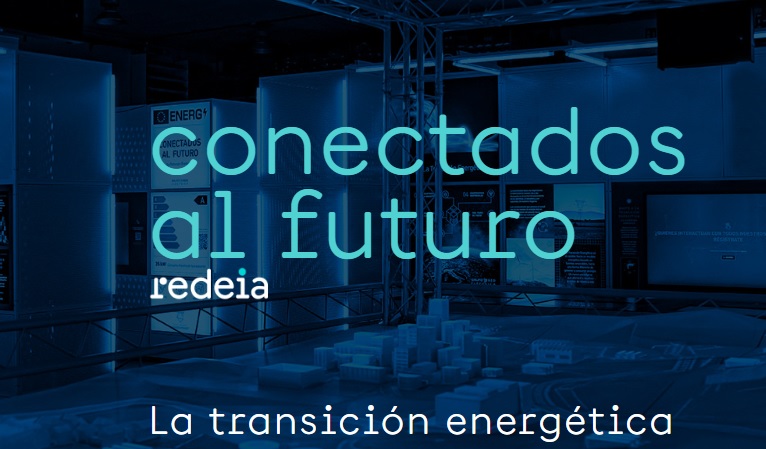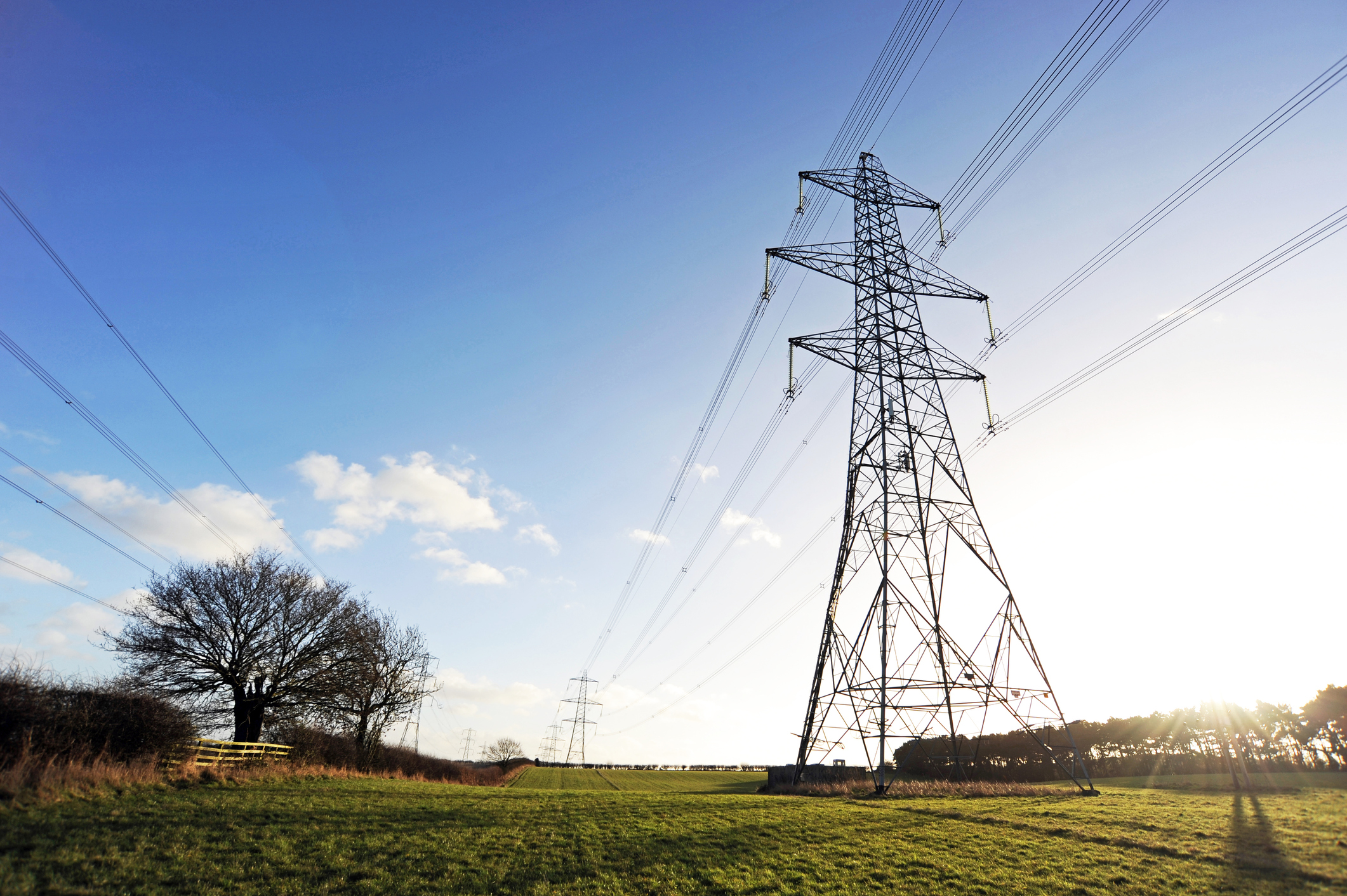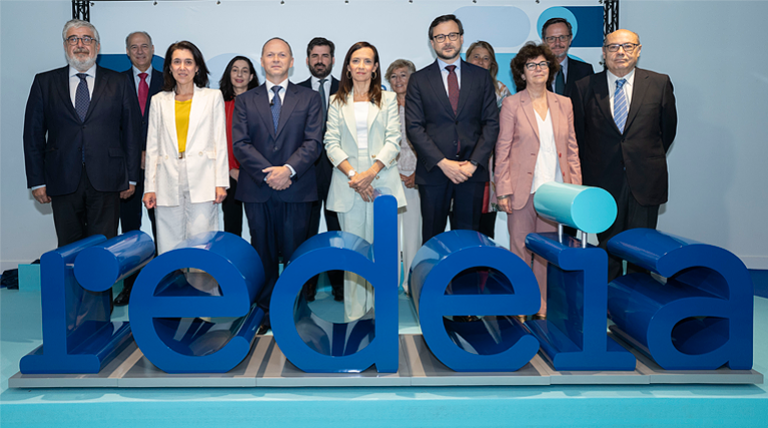We are a global operator of essential infrastructure
Carbon footprint
We develop and carry out programmes aimed at identifying, controlling and reducing emissions associated with our activity.
New reduction targets
The Group has made an upward revision of its greenhouse gas emission reduction targets to bring them in line with the more ambitious scenario recently agreed to in the Paris agreement that seeks to limit the increase in global temperature to 1.5°C compared to the pre-industrial era and to achieve zero emissions by 2050.
In line with the ambition of achieving climate neutrality by 2050, the company has committed to reducing its scope 1 and 2 emissions by 55% in 2030 compared to 2019, and its scope 3 emissions by 28%.
To achieve the 55% reduction in its direct emissions (Scope 1 & Scope 2), Red Eléctrica will intensify its efforts mainly with regard to sulphur hexafluoride (SF6). Actions in this area will include the renovation of facilities and the renewal of equipment and the improvement of methods for detecting and repairing SF6 leaks, among others.
With regard to Scope 3 emissions, i.e., those related with the supply chain and those that have the greatest weight within the Group, the Company has set a dual objective: on the one hand, a 28% reduction in GHG emissions; and on the other, that suppliers responsible for two thirds of emissions include SBTi (Science Based Targets) in their business practices. To this end, the Company will extend the support it is already providing to its suppliers to increase their knowledge of their impact and to identify and implement improvements to reduce it.
The reduction targets have been validated by the SBTi initiative.
Scope 1: Direct GHG (Greenhouse Gas) emissions
- Fugitive Emissions:
- SF6 gas leaks in electricity substations.
- Refrigerant gases leaks from air conditioning systems.
- Mobile Combustion: emissions derived from fuel consumption of the fleet.
- Stationary combustion: derived from the combustion of fuels used in diesel generating sets and heating.
Scope 2: Indirect GHG emissions associated with electricity consumption
- Electricity consumption.
- Electricity losses in the transmission grid.
Scope 3: Other indirect GHG emissions
- Supply chain: Purchase of goods and services.
- Capital goods.
- Life cycle of fuel and energy consumed: emissions due to energy production (not included in scope 1 and 2).
- Upstream transportation and distribution.
- Waste management.
- Business travel by plane, train and car (taxi, private and rented vehicles).
- Employees commuting to the work place.
- Leased assets (downstream).
- Investments.
Documentation 2022
Documentation 2021
 Report on independent limited assurance of greenhouse gas emissions inventory 2021 of Red Eléctrica Group. PDF 117 KB.
Report on independent limited assurance of greenhouse gas emissions inventory 2021 of Red Eléctrica Group. PDF 117 KB.
Documentation 2020
 Methodology for the calculation of GHG Inventory. Red Eléctrica Group. PDF 348 KB.
Methodology for the calculation of GHG Inventory. Red Eléctrica Group. PDF 348 KB. Report on independent limited assurance of greenhouse gas emissions inventory 2020 of Red Eléctrica Group. PDF 49 KB.
Report on independent limited assurance of greenhouse gas emissions inventory 2020 of Red Eléctrica Group. PDF 49 KB.
Documentation 2019
 Methodology for the calculation of GHG Inventory. Red Eléctrica Group in Spain. PDF 293 KB.
Methodology for the calculation of GHG Inventory. Red Eléctrica Group in Spain. PDF 293 KB. Report on independent limited assurance of greenhouse gas emissions inventory 2019 of Red Eléctrica de España. PDF 110 KB.
Report on independent limited assurance of greenhouse gas emissions inventory 2019 of Red Eléctrica de España. PDF 110 KB.
Documentation 2018
 Methodology for the calculation of the Greenhouse (GHG) inventory of Red Eléctrica de España, SAU PDF 589 KB.
Methodology for the calculation of the Greenhouse (GHG) inventory of Red Eléctrica de España, SAU PDF 589 KB. Report on independent limited assureance of Greenhouse Gas Emissions Inventory 2018 of Red Eléctrica de España PDF 338 KB.
Report on independent limited assureance of Greenhouse Gas Emissions Inventory 2018 of Red Eléctrica de España PDF 338 KB.
Documentation 2017
 Methodology for the calculation of the Greenhouse (GHG) inventory of Red Eléctrica de España, SAU. PDF 514 KB.
Methodology for the calculation of the Greenhouse (GHG) inventory of Red Eléctrica de España, SAU. PDF 514 KB. Independent assurance report on the 2017 greenhouse gas emissions inventory. PDF 219 KB.
Independent assurance report on the 2017 greenhouse gas emissions inventory. PDF 219 KB.
Documentation 2016
 Inventory of CO2 emissions of Red Eléctrica de España, S.A.U.: scope and methodology. PDF 121 KB.
Inventory of CO2 emissions of Red Eléctrica de España, S.A.U.: scope and methodology. PDF 121 KB. Independent assurance report on the 2016 greenhouse gas emissions inventory. PDF 644 KB.
Independent assurance report on the 2016 greenhouse gas emissions inventory. PDF 644 KB.
Documentation 2015
 Inventory of CO2 emissions of Red Eléctrica de España, S.A.U.: scope and methodology. PDF 211 KB.
Inventory of CO2 emissions of Red Eléctrica de España, S.A.U.: scope and methodology. PDF 211 KB. Independent assurance report on the 2015 greenhouse gas emissions inventory. PDF 4.53 MB.
Independent assurance report on the 2015 greenhouse gas emissions inventory. PDF 4.53 MB.
Documentation 2014
 Inventory of CO2 emissions of Red Eléctrica de España, S.A.U.: scope and methodology. PDF 225 KB.
Inventory of CO2 emissions of Red Eléctrica de España, S.A.U.: scope and methodology. PDF 225 KB. Independent assurance report on the 2014 greenhouse gas emissions inventory. PDF 3.57 MB.
Independent assurance report on the 2014 greenhouse gas emissions inventory. PDF 3.57 MB.
Documentation 2013
The main direct emissions derived from our activities are sulphur hexafluoride (SF6), which in terms of CO2 represents over 98% of total direct emissions calculated. We carry out the following actions to minimise these emissions:
- Control, inventory and management of SF6 gas.
- Training of all personnel involved in the management of SF6 gas.
- Replacement of SF6 management equipment and measurement equipment for more efficient equipment. The emissions savings of the new equipment is estimated at 1000 t of CO2 per year.
- Improved leak detection: acquisition of new pressure gauges and camera to detect leaks.
- Participation in the research project EPRI (Electric Power Research Institute) on SF6 matters.
As part of our commitment to fight climate change, one of our actions is directed to offsetting our emissions. Currently this offsetting is carried out through the "Red Eléctrica Forest", a reforestation project in different areas of Spain. Additionally, we calculate the emissions associated with our corporate events.














